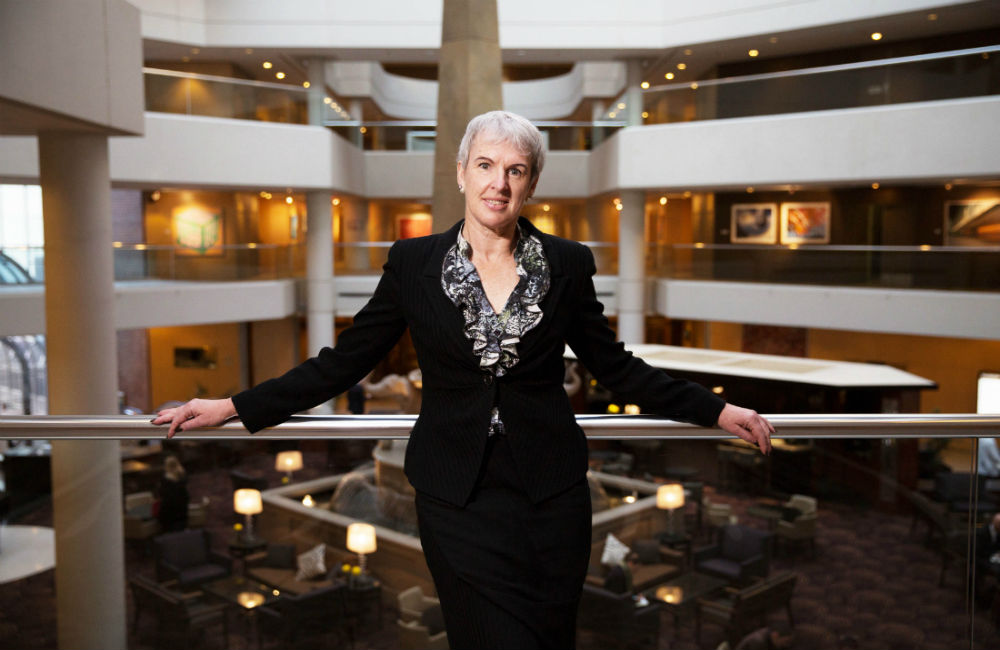5 Things That Turn Off Corporate Boards
What do Corporate Boards really want from their executive teams? And what are the five quickest way to lose their focus and support?
“Isn’t it lovely that ‘agile’ is the new black?”
Diane Smith-Gander has just finished telling a room packed with CPOs about the fascinating career trajectory that saw her bounce around the globe in roles located in Australia, the UK, Ireland, Sweden, the U.S., South Africa and France.
Rather than damaging her career prospects, the range and variety of roles has made Diane extremely attractive to the boards of Australia’s leading companies, who were eager to profit from her diverse skill set and agile approach.
Named by The Australian as one of the Fifty Most Powerful Women in Business, Diane is a former President of Chief Executive Women and a non-executive director of Wesfarmers Limited, AGL Energy Limited, Henry Davis York, Keystart Loans Limited and Chair of Safe Work Australia. Past non-executive roles also include Chairman of Broadspectrum and Deputy Chairperson of NBN Co.
She’s visited The Faculty Roundtable members in Sydney last year to talk about how she transitioned from the executive office to the boardroom. Diane also shared her observations on what boards really want from their executive teams.
Take as Many Board Positions as You Can
“It’s good for executives to think about board roles”, says Diane. “Most companies these days are comfortable with having executives serve on a non-competing board.”
Her advice around building a board portfolio includes:
- The diversity of your board portfolio is going to make you a better director of all the settings you’re in.
- Never say “no” to an offer of a position on a board – it’s better to suggest this isn’t the right time for you.
- Be aware that you risk being typecast depending on the type of boards you join, for instance Not-For-Profits.
Diversity is Key
Diane is a major force for gender equality in Australian businesses, particularly at the board level where she’s prepared to settle for nothing less than 50-50 representation.
Over the past few years Diane has had countless conversations on this very topic. She can get anyone in the country on the phone to engage with her on this issue. One of the Roundtable members asked her how she convinces the sceptics.
“One of the first things about 50-50 is that you have to believe in it. Why would it be okay to not offer equity and opportunity to people? Many women in senior roles do have a career interruption to raise children – we get all of that.
“But when you get to the pointy end of the process (board selection), there are enough highly-talented women to make 50-50. If you don’t believe that, if you don’t think there’s a business case for it, my advice is to go and find someone who does.
“I haven’t come across anybody who I couldn’t get over the line on gender equality by talking it through.”
What can Procurement do?
“Procurement can really move the dial for gender equity in Australia. I’d like to see tender documents that incorporate your organisation’s gender diversity strategy. Ask your suppliers how they’re pushing that action forward.
“Think about where biases exist in your business. Start ridding your organisation of bias by uprooting it from the obvious places – recruitment and selection methods, flexibility arrangements and so on.”
Turning Off Corporate Boards
As a board member, here are some of the things that turn Diane off:
1. Unbalanced proposals
“We expect presentations that come before the board to have an element of boldness about them, but we also expect integrity. We want to see both sides of the proposal – the pros, the cons, and the risks – very clearly.”
2. Unclear agendas
“The board doesn’t have time to go through the dance to find out what it is you really think.”
3. Rushed decisions
“You’re not going to get a final decision via a board paper – it will be a sustained march.”
4. Lack of history
“I want board papers that very clearly show the decisions we’ve made along the way.”
5. Hard work not recognised
“As a board director I value executives who bring their direct reports and even the people below them. Bring in Fred to see the end-product of his hard work. I love to see someone who is confident enough in their people to let them present their case. On the other hand, someone who brings in their team and talks over them has missed the point.”
Final Thoughts
According to Diane, the board is responsible for the company culture.
“The board sets the tone from the top and you have to be the councillor of the CEO in particular. It goes beyond culture to the license to operate, which flows through the operation and the external stakeholder universe.
“If you get that wrong, and undercook your culture for the tasks you’ve got at hand, you’re in trouble.”
Diane is excited about the unexpected direction her career path has led her. “I’ve really found my voice on the gender diversity piece. It’s given me a whole new career, understanding the contribution I can make.
“I’m certainly of the view that as a non-executive director with a portfolio of directorships, I can affect social change. That’s why I think the next 25 years is going to be my 25 years.”
Packed with value, The Faculty Roundtable gives member organisations access to leading-edge thought leadership and commentators, a ready supply of valuable expertise through exclusive market intelligence, as well as networking and professional development opportunities for CPOs and their teams.
